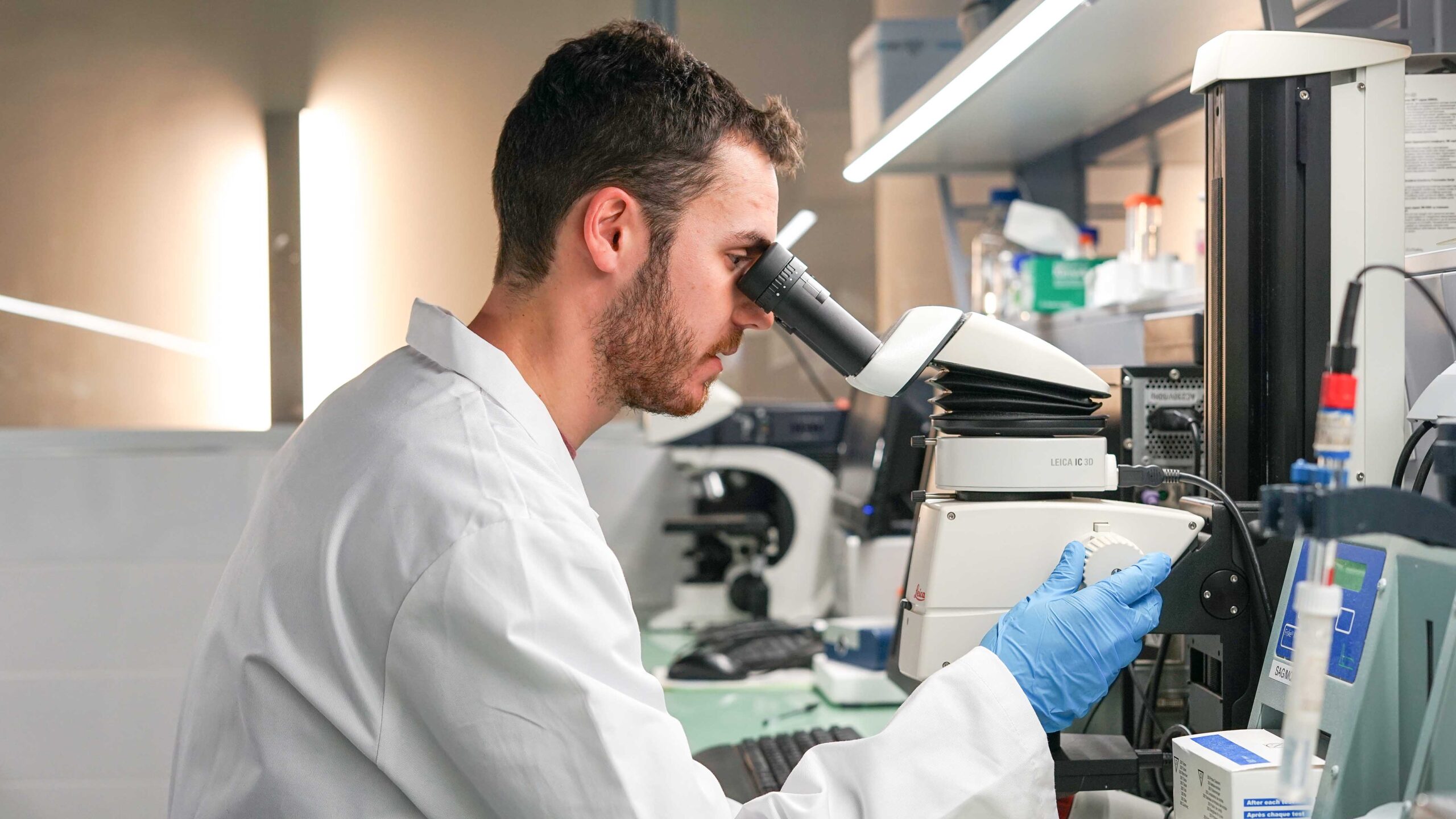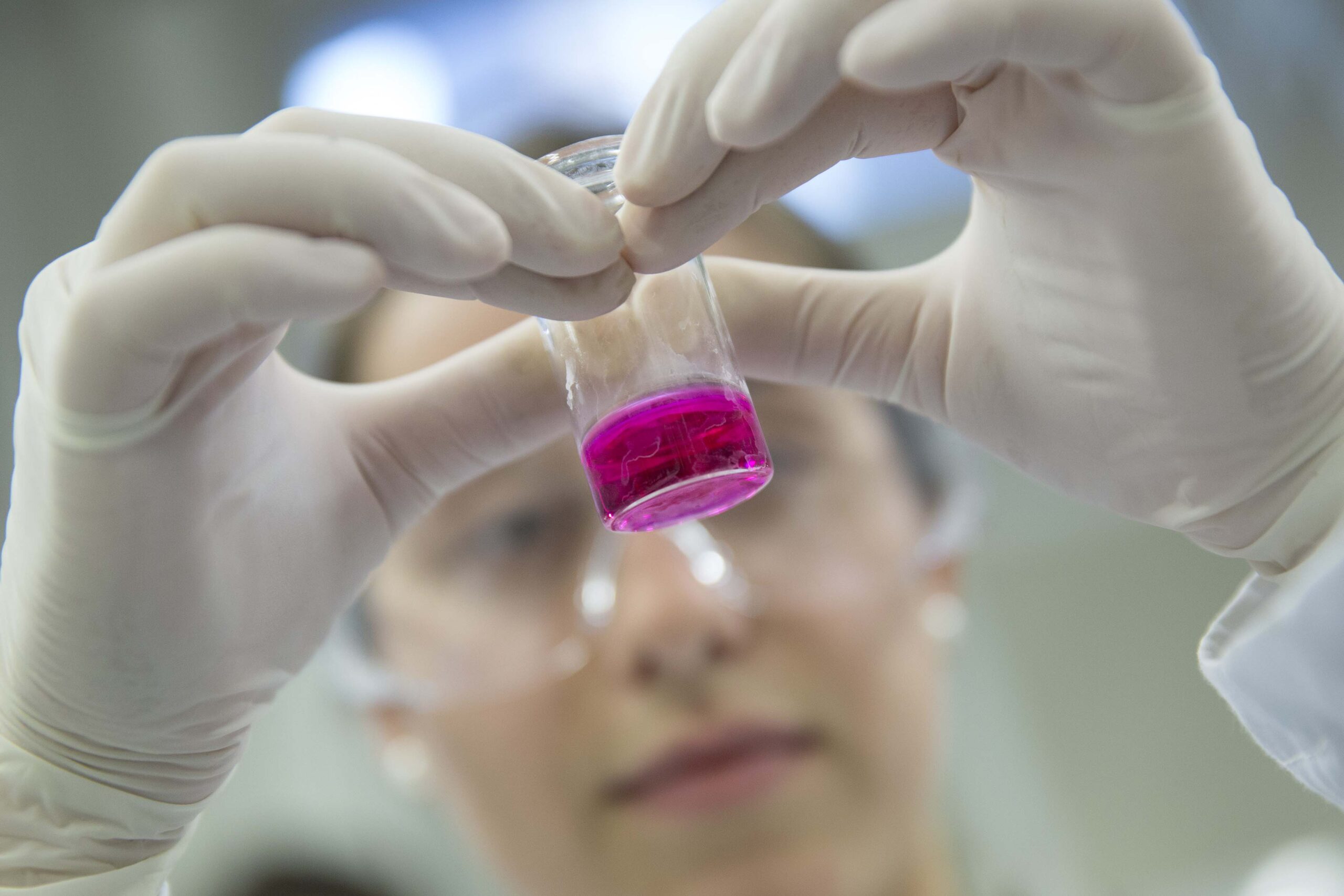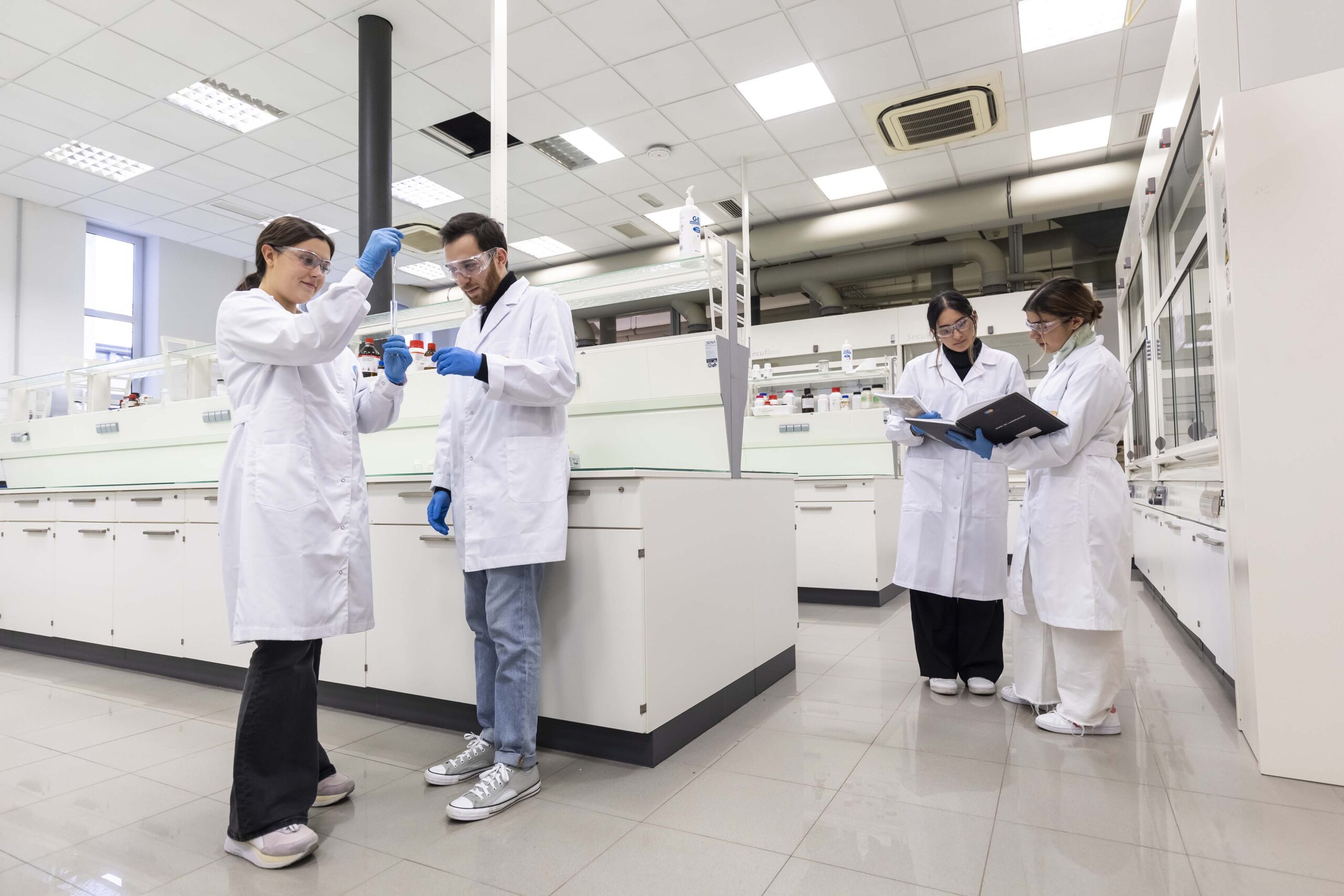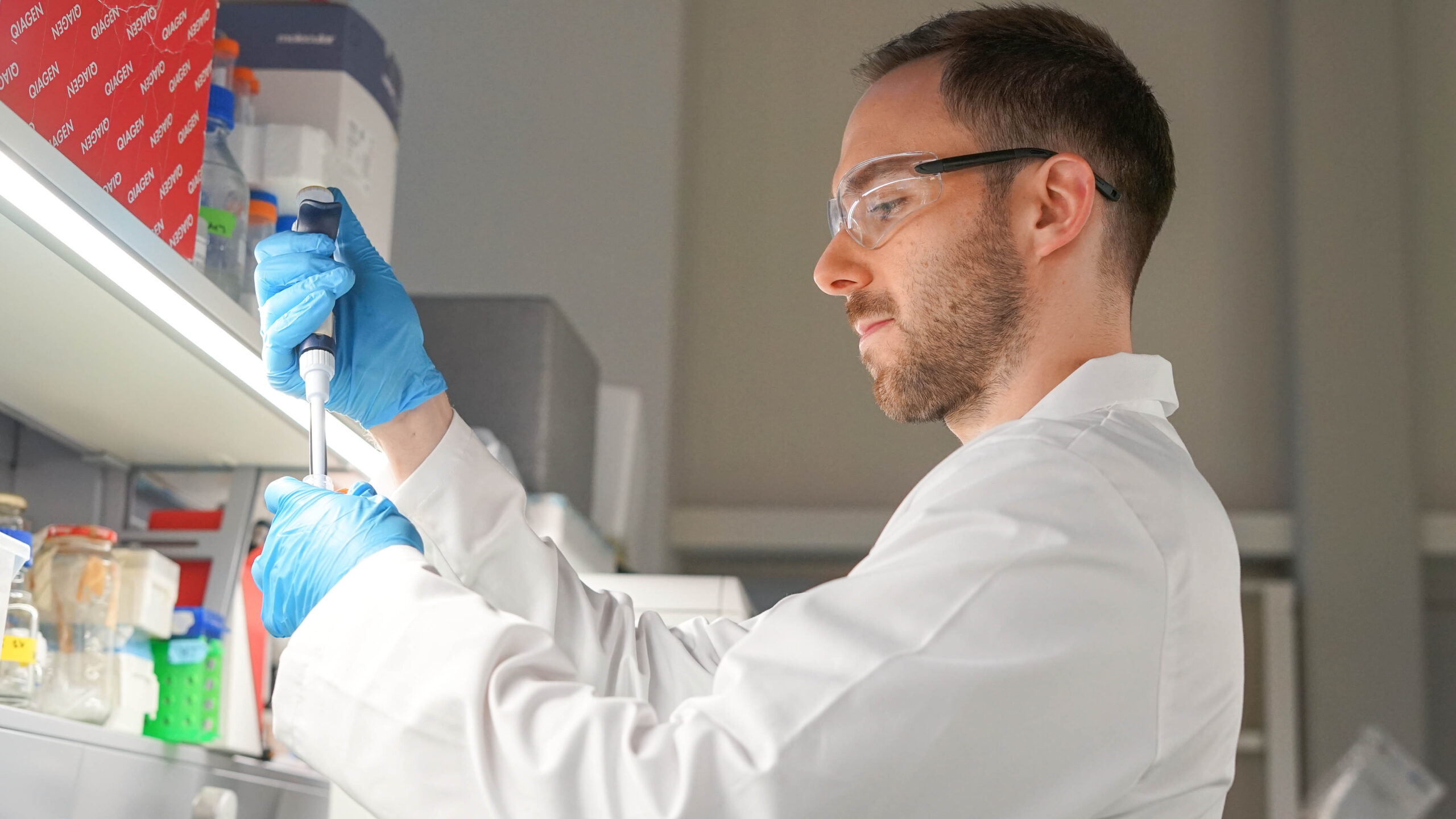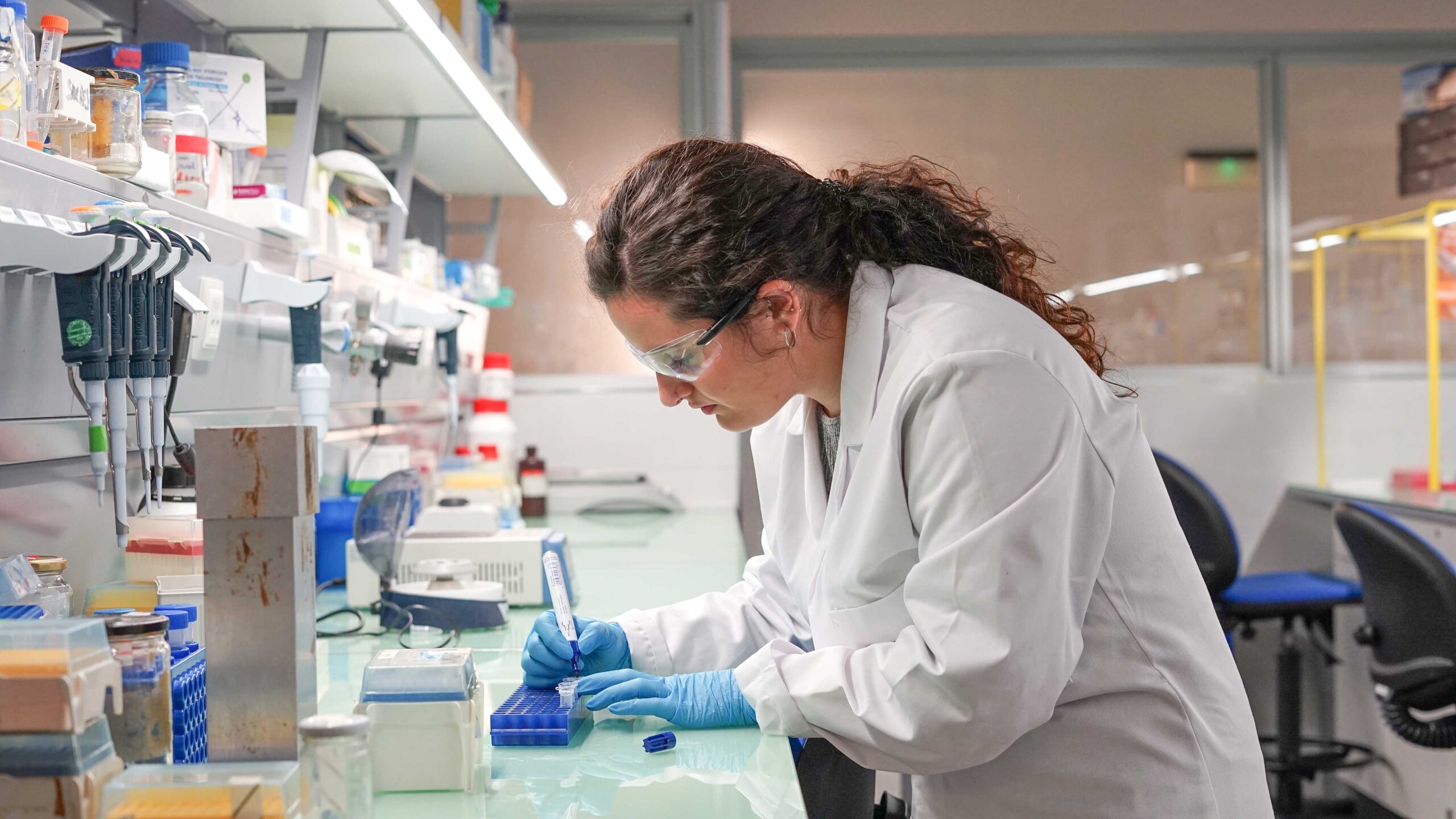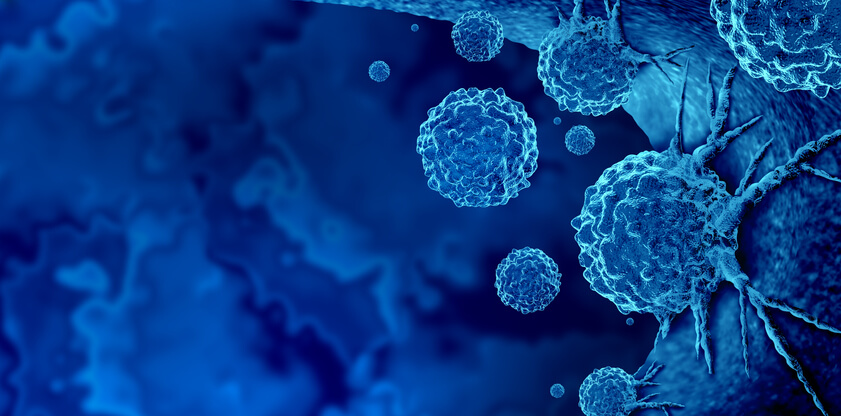Boron is a very versatile chemical element with a large number of applications in the field of organic synthesis. From a molecular point of view, the impact of many borylated organic functional groups comes from the fact that they have an empty p-orbital that gives them characteristics of a Lewis acid and allows them to interact with bases in a reversible manner. This ability is especially useful in synthetic chemistry, but also in biological contexts as it can interact with bases/nucleophiles present in biological scenarios such as sugars or amino acid residues of proteins.
Borylated functional groups: new chemical tools with application in therapeutic contexts
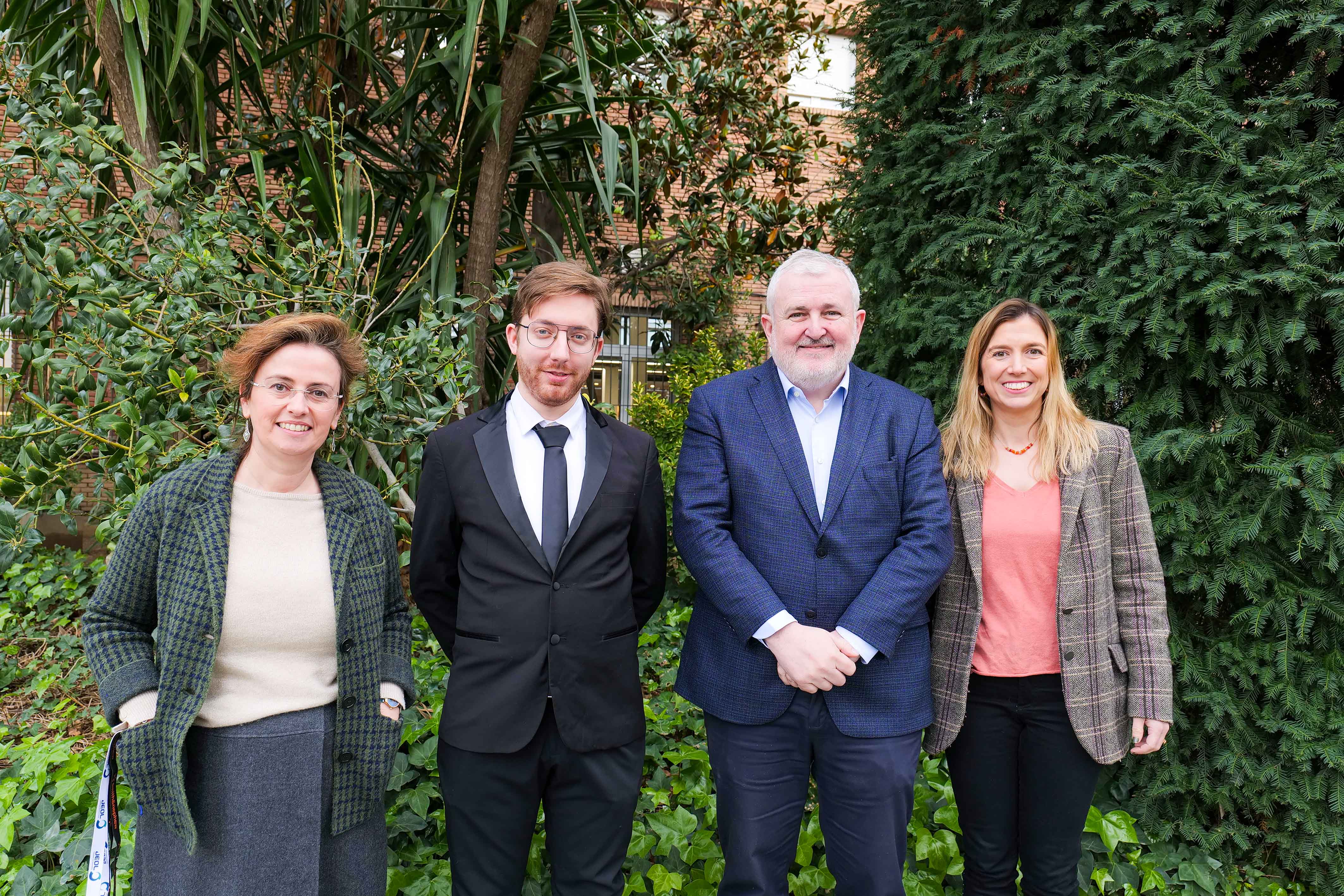
In the pharmaceutical industry, several drugs with boronic acid-type fragments have been approved, such as the drug bortezomib, a potent proteasome inhibitor used to treat patients with multiple myeloma. In this type of drug, the empty orbital of the borylated fragment is a key piece for the interaction with the biological target.
In addition, some boronic acid-type systems have been widely used as glucose sensors or tools that facilitate imaging applications. The use of these fragments is growing notably within the context of drug delivery systems, especially in the development of new biomaterials sensitive to pH or redox stimuli.
Researchers from the Chemical Reactions for Innovative SOLution (CRISOL) group at IQS carry out certain lines of applied research with these types of boron functional groups as a key tool. The ultimate goal is to address new methodological and functional challenges by taking advantage of the versatility of borylated systems. Within the context of this motivation, collaboration with researchers from the Materials Engineering Group (GEMAT) at IQS has emerged to study the impact of incorporating a series of fragments into a selection of intelligent gene delivery systems on which this team is actively working.
Within this context, Dr Raúl Cosialls Menárguez recently conducted his doctoral thesis at IQS with the ultimate goal of providing new functionalities to drug or gene delivery systems, both for obtaining relevant pharmacokinetic information in studies based on Proton Emission Tomography (PET), as well as to take advantage of boronic acid-sugar recognition capabilities. Entitled Synthesis and applications of borylated fragments as chemical tools for PET imaging and functional recognition of drug delivery systems, Dr Cosialls’s thesis was supervised by Dr Ana Belén Cuenca González, from the CRISOL Group, and Dr Salvador Borrós Gómez and Dr Cristina Fornaguera Puigvert from the GEMAT group.
Fluorine-18 radiotracer applications based on borylated fragments
Positron Emission Tomography (PET) is a nuclear medicine technique that uses radioactive substances to measure the metabolic activity of cells and tissues. The use of fluorine-18 radiotracers is especially relevant in this technique. Within the framework of his research, Dr Cosialls used the ability of a trifluoroborate fragment (AMBF3), a fluorinated borylated group that can be radioactively labelled thanks to an exchange reaction with a radioactive fluorine source, to achieve radiolabelling with 18F of two different drug delivery vectors and thus be able to get a picture of their behaviour and biodistribution in vivo.
The first synthesized and radiolabelled system was a series of metallic cavitand palladium-type supramolecular systems recently proposed as an excellent delivery system for the antineoplastic drug cisplatin. After the incorporation of the radioactive borylated fragment [18F] -AMBF3, its properties were evaluated in vivo, representing the first time that its biodistribution in animals was evaluated.

Second, the incorporation of the [18]-AMBF3 fragment into oligopeptide-modified poly(β-aminoesters) (PBAE) nanoparticles, a genetic material delivery system designed and created within the GEMAT group, was tested. A new radiotracer polymer was synthesized with [18F]-AMBF3 to be incorporated into a series of formulations with applications for vaccines. Thanks to the development of a new radiotracer, it was possible to carry out the pharmacokinetic study of the formulations, making it possible to evaluate both safety and efficacy through the PET image.
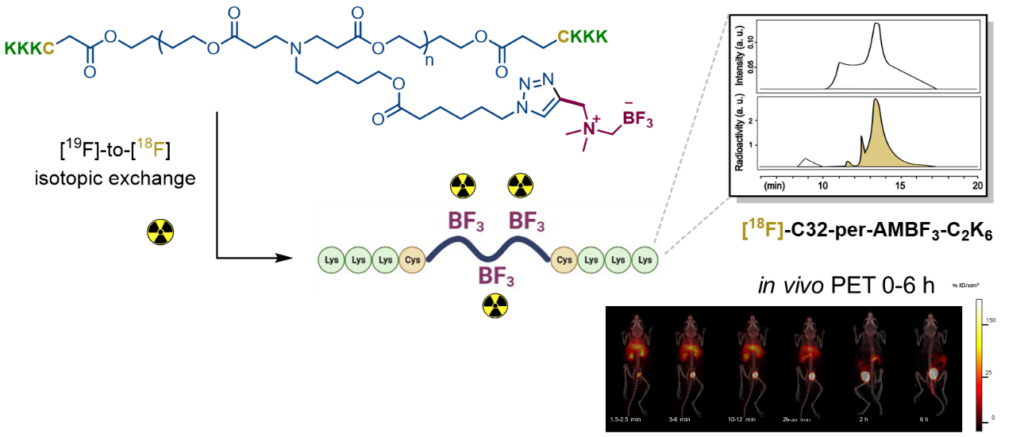
New gene delivery systems with sugar recognition
In the second part of his thesis, Dr Cosialls took advantage of the ability of boronic acids to recognize sugars. Based on this premise, two new applications of poly(β-aminoesters) type polymers were developed thanks to the incorporation of boronic acid functionalities. The integration of the fluorophenyl boronic acid (FPBA) fragment into the structure of the pBAEs made it possible, on the one hand, to design a microneedle-based gene delivery system that uses the FPBA-glucosamine interaction as a structural element that allows the coating of nucleic acids on the surface of the microneedle and results in the release of polyplexes in vitro based on pH stimuli.
On the other hand, a series of pBAEs conjugated to a pyridylboronic acid (PyBA) fragment was obtained to provide them with selective sialic acid recognition capacity on the surface of tumour cells. This allowed the selective affinity against cancer stem cell populations to be demonstrated by recognizing sialic acid-rich polysaccharides on the surface of tumour cells.
In short, the research carried out by Dr Cosialls, also conducted in collaboration with Dr Jordi Llop with the Radiochemistry Laboratory at CiC bioGUNE and Dr Angela Casini from the Technical University of Munich (TUM), has broadly demonstrated the ability of borylated compounds to be used in different clinical applications, opening the door to the implementation of this type of system within the context of biomedicine.
Related publications
Raúl Cosialls et al, Ammonium trifluoroborate-modified poly(β-aminoesters): A case study for PET-guided in vivo pharmacokinetic studies of a non-viral gene delivery system, 2023, Journal of Controlled Release, 358, 739-75.
Raúl Cosialls et al, PET Imaging of Self‐Assembled F‐Labelled Pd2L4 Metallacages for Anticancer Drug Delivery, 2022, Chemistry-A European Journal, 29, 3, e202202604.
Raúl Cosialls et al, Designing Polyelectrolyte Microneedles Based on Borylated Poly(β-aminoester) Polymers To Enhance Transdermal pH-Controlled Delivery of Nucleic Acids, ACS Applied Polymer Materials, 2024, 6, 15, 8842-8855.
This thesis has received funding within the project Use of major group elements as a springboard for the development of chemical concepts, emerging reactivities, and new molecular architectures (BISiBonds), within the Ministry of Science and Innovation/State Innovation Agency’s 2023 State Plan for R&D&i Projects. It has also been conducted within the framework of the ZWIRNA – Zwitterionic Nanoparticles as mRNA vaccines against lung cancer project, funded within the Knowledge Generation Projects call under the 2021-23 State Plan.


COLLABORATORS
Equipo
Research Groups
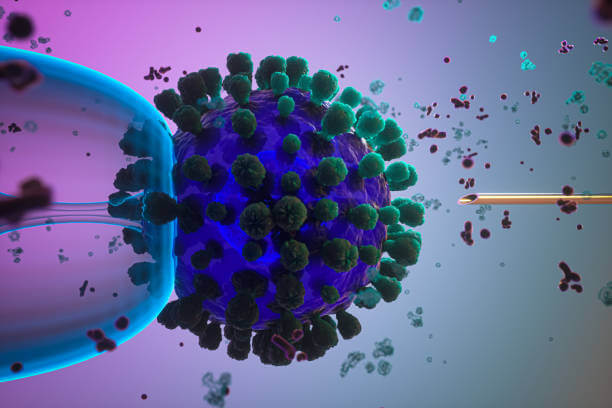
GEMAT – Materials Engineering
The GEMAT group (Materials Engineering Group) conducts its activity in three main areas: the development of new functional materials, surface engineering and biomaterials.
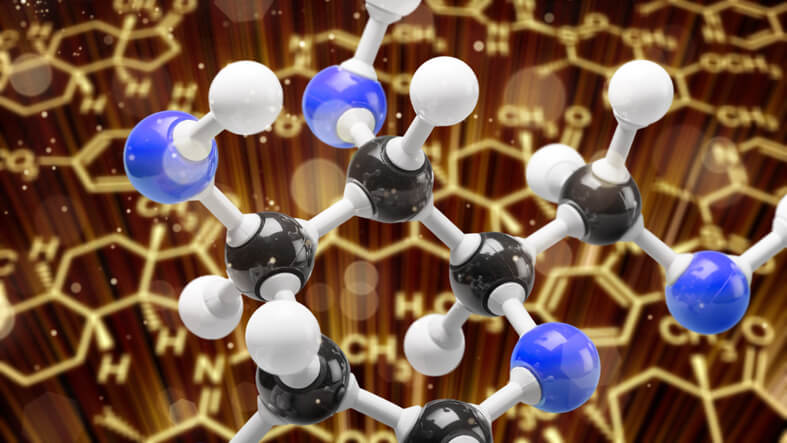
CRISOL – Chemical Reactions for Innovative Solutions
CRISOL is a powerful team capable of offering innovative chemical tools that make it real solutions to the challenges of Molecular Science, a discipline that is at the heart of key activities for Society, such as Medicinal and Process Chemistry, or Materials Science.
